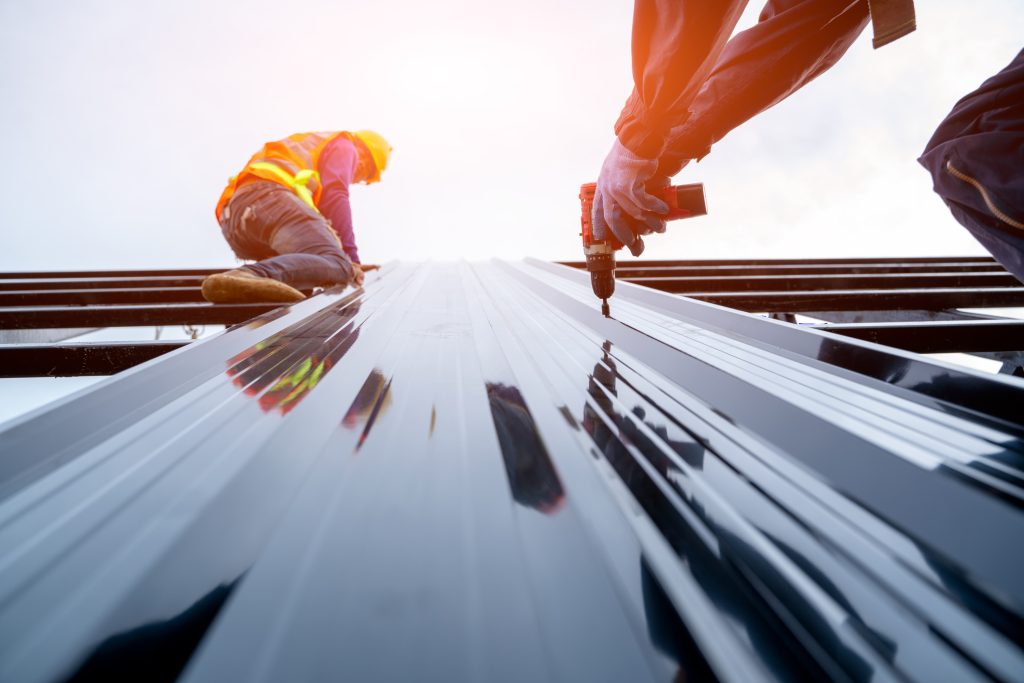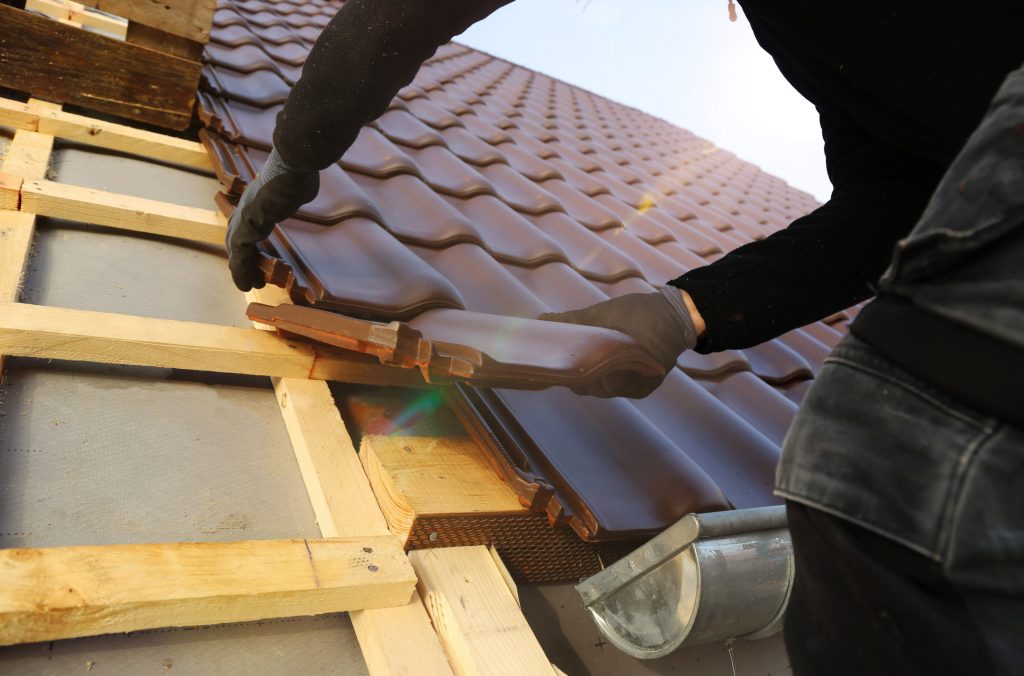Does Roof Color Have An Impact On Home Temperature And Energy Bills?
Posted: July 7th, 2024

The color of your roof may SLIGHTLY influence your home’s temperature. (Believe it or not, with today’s new shingle technology it is only about a 1 degree temp difference. The house is far more impacted by the ventilation in the roofing system here in Florida. If a home with a black roof has good ventilation and a white roof has poor ventilation, we have proven that the home with the white roof will actually cause the inside of the home to be hotter.)
Heat Absorption and Reflection
Reflection: Studies show a white roof will reflect the most sunlight. However, if a white roof doesn’t fit into your color choices, you can consider a peach roof, a light gray roof, or many other lighter-colored options.
Temperature Reduction: By reflecting solar radiation, light-colored roofs can lower the temperature inside your home, reducing the need for air conditioning.
Energy Savings: As a result, homes with light-colored roofs often see lower energy bills due to reduced cooling costs.
Absorption: Dark-colored roofs, such as black, dark brown, or dark gray, absorb more heat from the sun. This can increase the temperature inside your home.
Heat Retention: In colder climates, dark roofs can help retain heat, potentially reducing heating costs in the winter.
Increased Cooling Costs: However, in warmer climates, dark roofs can lead to higher cooling costs as air conditioning systems work harder to offset the increased heat absorption.
Climate Considerations
Warm Climates
Optimal Choice: Light-colored roofs are generally more beneficial in warm and sunny climates. They help to keep homes cooler and lower energy bills by reducing the need for air conditioning.
Heat Islands: In urban areas, light-colored roofs can help mitigate the urban heat island effect, where cities become significantly warmer than their rural surroundings.
Energy Efficiency and Insulation
Insulation Importance
Role of Insulation: Regardless of roof color, proper insulation is crucial for maintaining energy efficiency. Well-insulated homes can better manage temperature fluctuations, reducing the overall impact of roof color on energy bills.
Combination: Combining a reflective roof color with effective insulation can maximize energy savings, particularly in variable climates.
Cool Roof Technology
Advanced Materials: Cool roof technology incorporates materials designed to reflect more sunlight and absorb less heat. These materials are available in various colors, including darker shades, that still offer reflective properties.
Energy Star: Cool roofs can qualify for Energy Star ratings, indicating that they meet specific energy efficiency guidelines and can contribute to lower energy bills.
Aesthetic and Property Value Considerations
Curb Appeal
Aesthetic Impact: Roof color also affects the aesthetic appeal and overall look of your home. Choosing a color that complements your home’s exterior can enhance its appearance and curb appeal.
Property Value: Homes with appealing and energy-efficient roofs may have higher property values. Prospective buyers often consider energy efficiency and potential energy savings when evaluating a home.
The color of your roof plays a crucial role in regulating your home’s temperature and energy consumption. Light-colored roofs are ideal for warm climates due to their reflective properties, which help reduce cooling costs. Dark-colored roofs are beneficial in cold climates as they absorb more heat, potentially lowering heating costs. Regardless of roof color, proper insulation and advanced cool roof technologies can further enhance energy efficiency and comfort. When choosing a roof color, consider both climatic conditions and aesthetic preferences to optimize your home’s energy performance and curb appeal. Contact San Carlos Roofing for your no-obligation quote on an energy-efficient roof.




